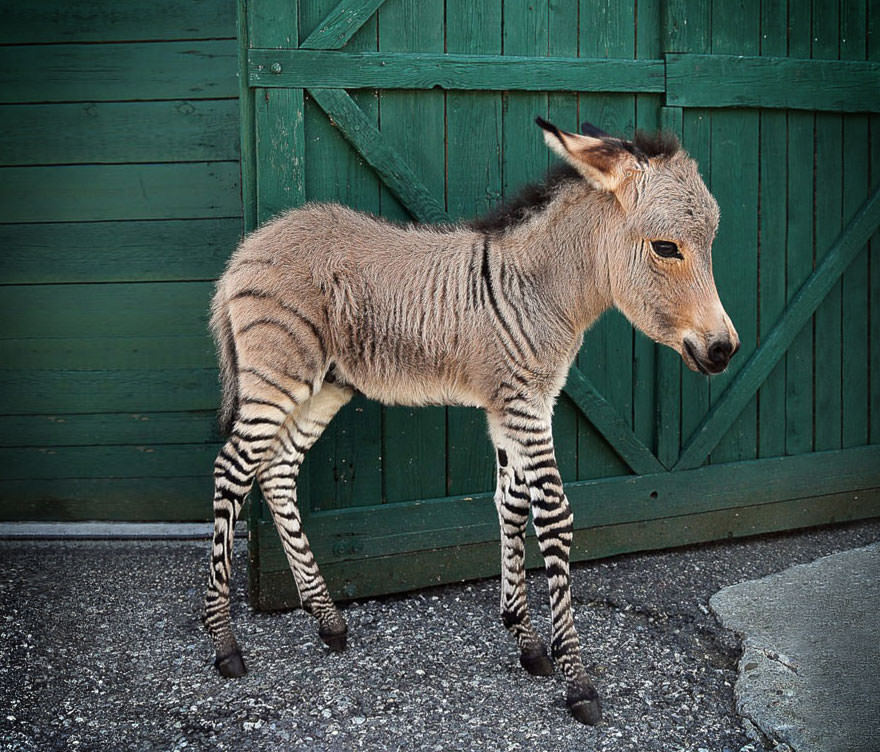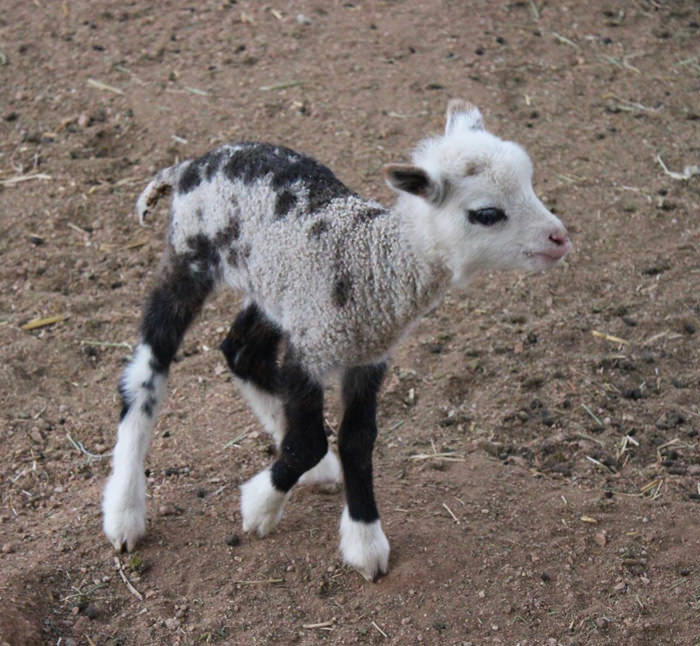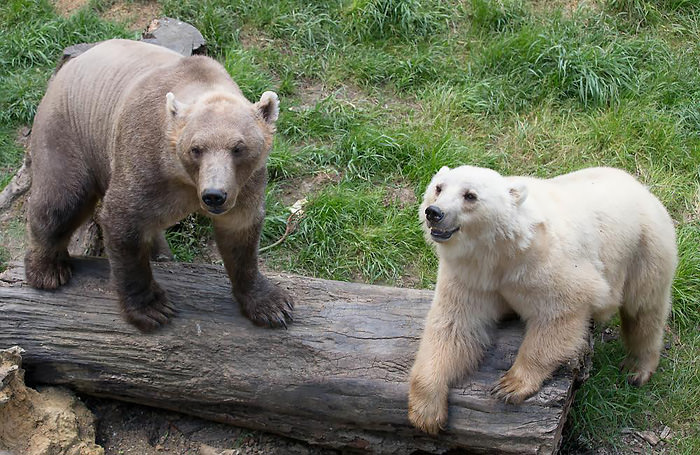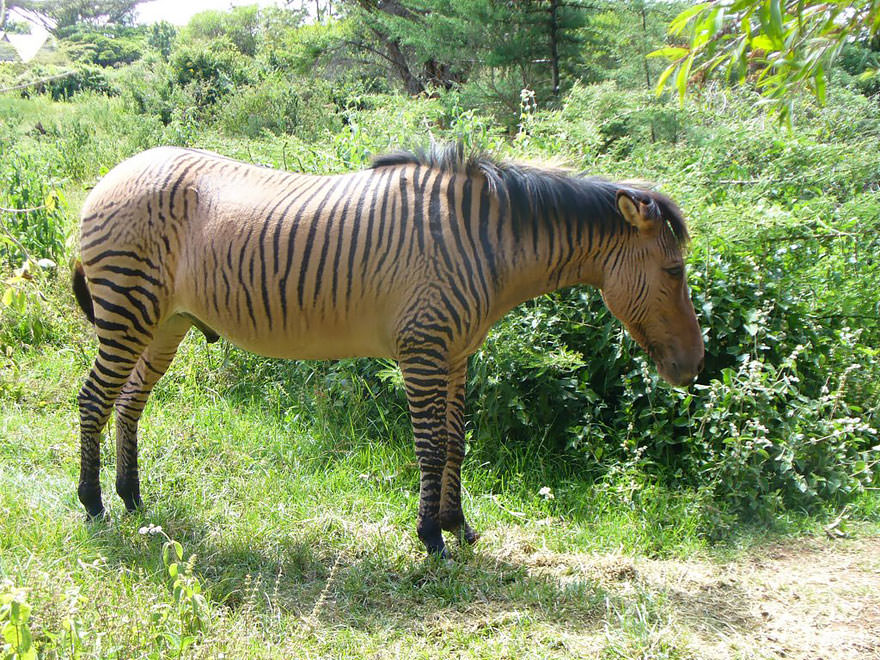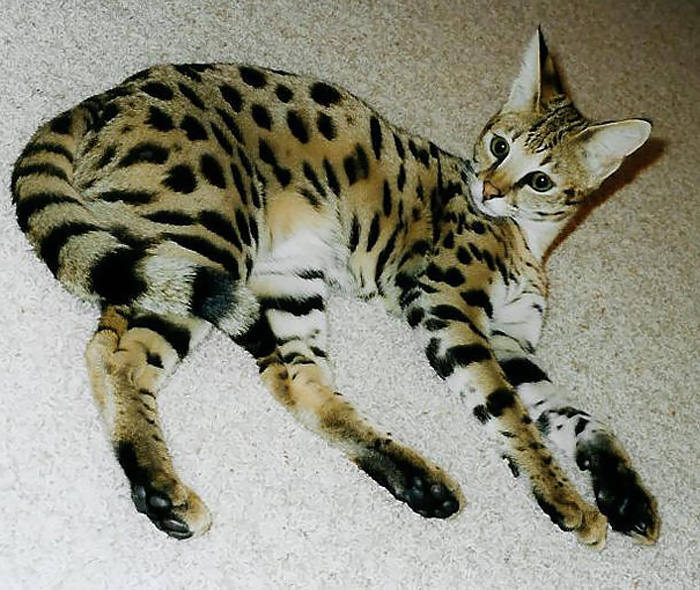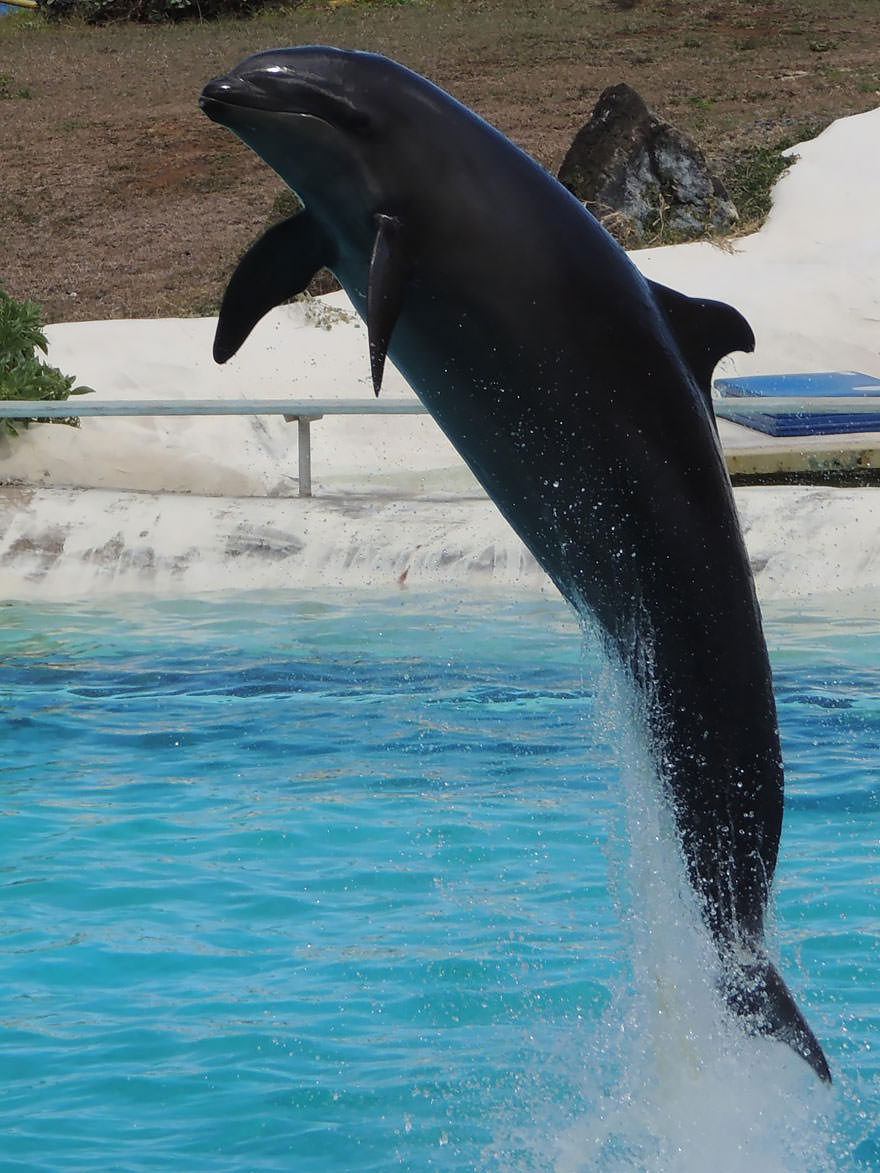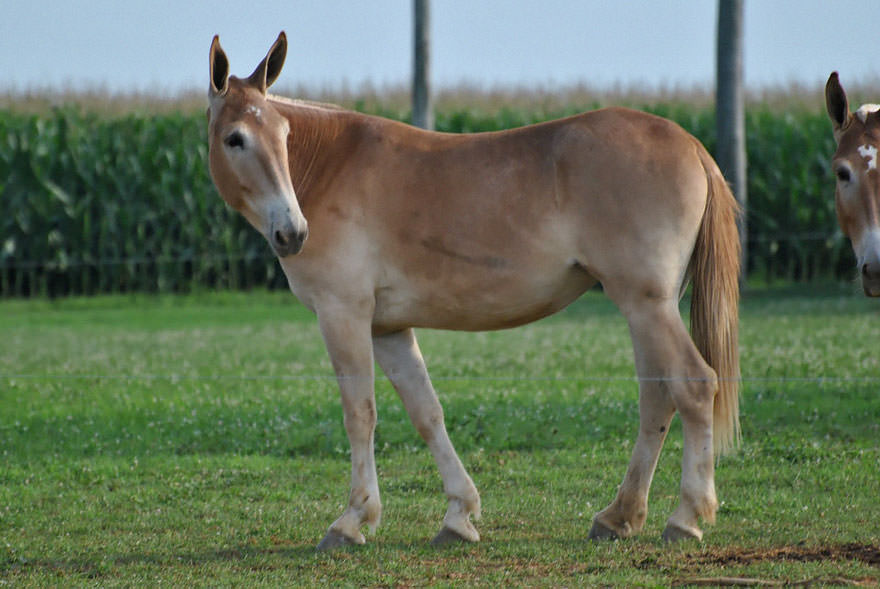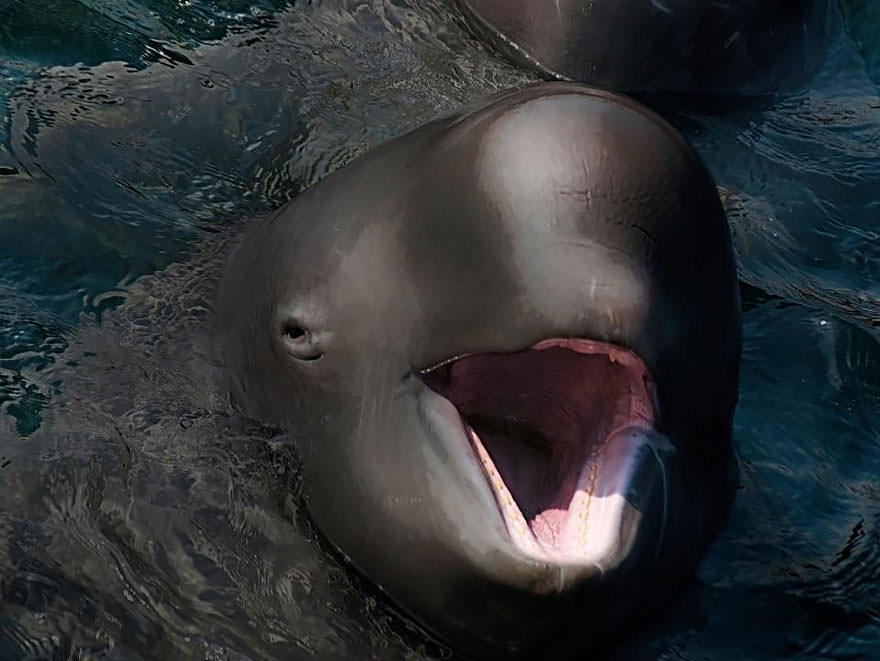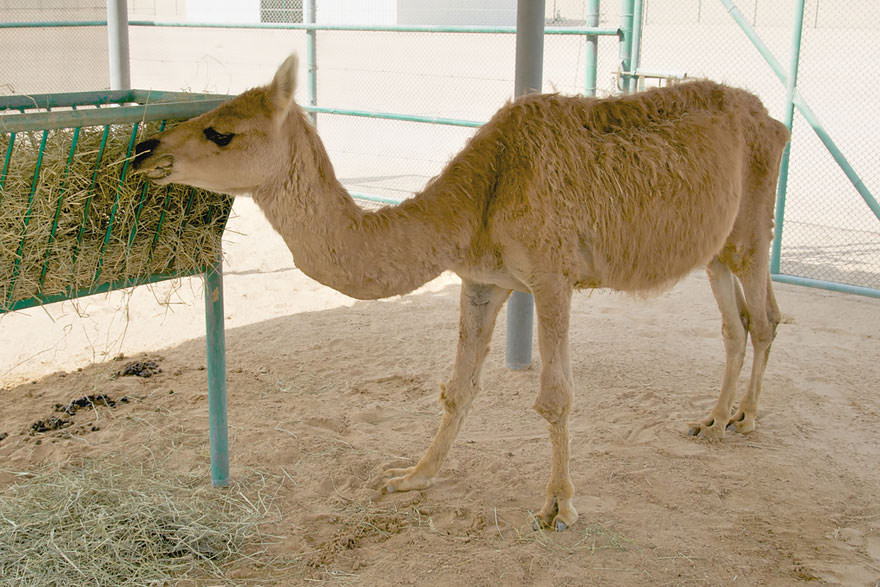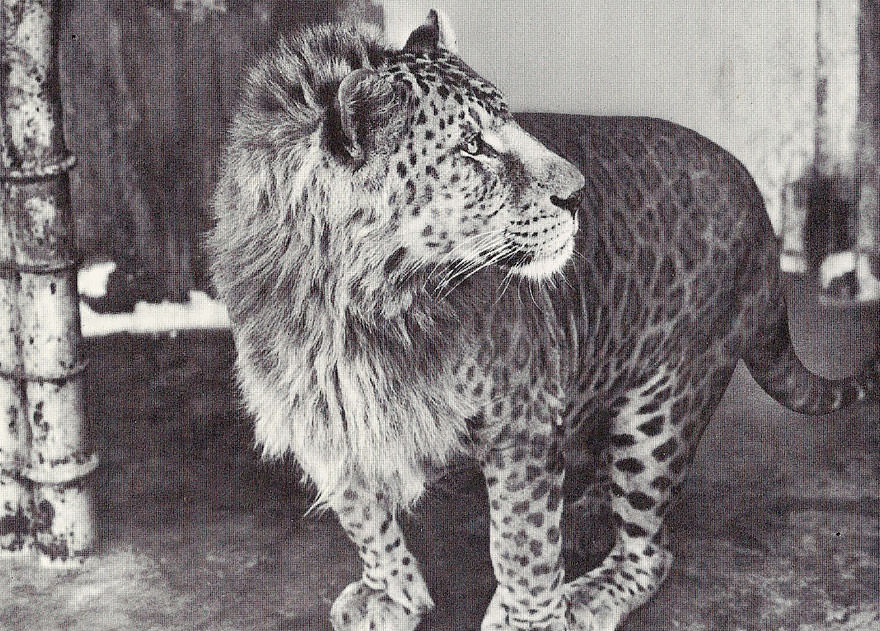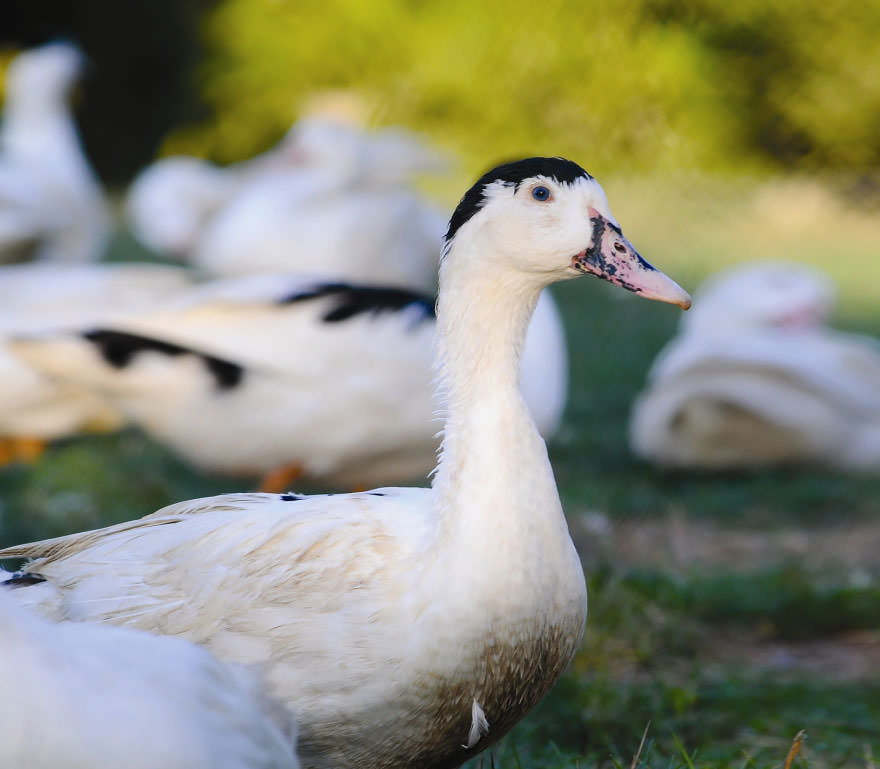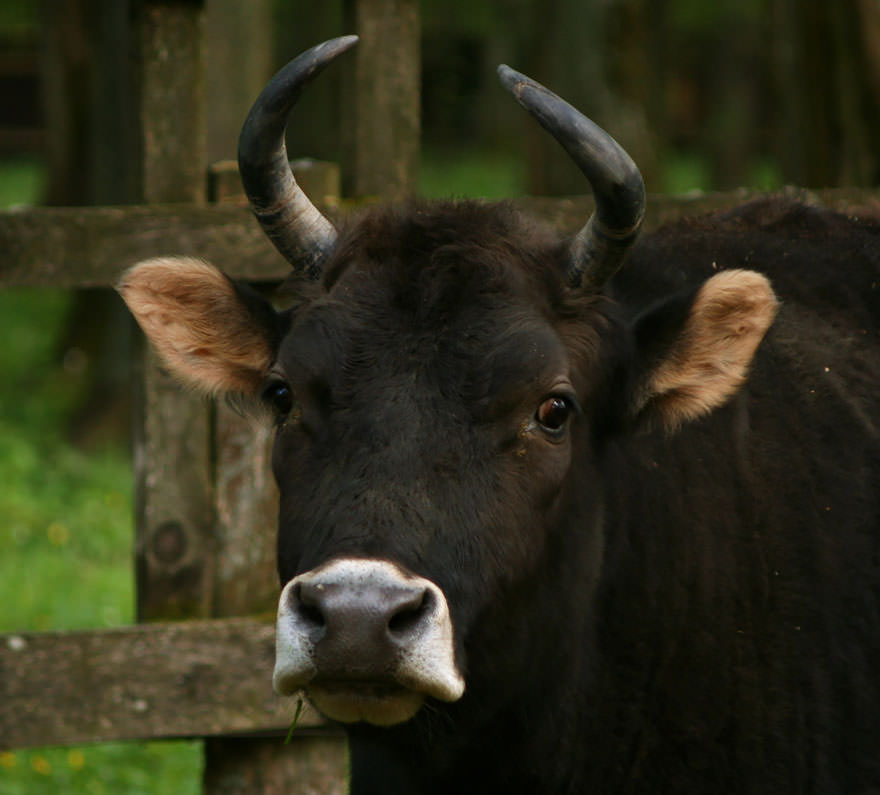The natural world is full of surprises, and one of the most fascinating phenomena is the existence of hybrid animals. These unique creatures are born from the union of two different species, showcasing the incredible diversity and adaptability of life on Earth. In this post, we’ll explore the concept of hybrid animals, the science behind their creation, their role in our planet’s ecological tapestry, and some real hybrid animals. So, buckle up and get ready for an exciting journey into the enigmatic world of hybrid animals!
The Science Behind, Hybrid Animals
At the heart of hybridization lies the reproduction process between two distinct species. This occurs when individuals from each species, possessing compatible genetic material, come together to produce offspring. Although these offspring may exhibit a blend of physical and behavioral traits from both parent species, it’s important to note that not all hybrids are viable or fertile.
The formation of hybrid animals is primarily driven by genetic compatibility and environmental influences. Genetic compatibility refers to the similarity between the DNA of two species, enabling them to mate and produce offspring. On the other hand, environmental influences refer to factors such as habitat overlap, competition for resources, or changes in environmental conditions that may encourage interbreeding between species.
There are two main types of hybridization: natural and artificial. Natural hybridization occurs when two species mate and produce wild offspring without human intervention. This phenomenon is more common in plants but can also be observed in animals, particularly when closely related species live in the same habitat. Artificial hybridization, as the name suggests, involves human intervention, typically through controlled breeding programs or laboratory experiments.
The Role of Hybrid Animals in the Ecosystem
Hybrid animals play an essential role in the natural world, often filling ecological niches that parent species do not occupy. They can also serve as a source of genetic diversity, bolstering the resilience of populations to changing environmental conditions or pressures from predators and disease. In some cases, hybrids may exhibit unique characteristics that give them a survival advantage, such as enhanced disease resistance or improved adaptability to varying habitats.
However, the presence of hybrid animals can also present challenges to the ecosystem. Some hybrids may outcompete native species for resources, leading to a decline in the latter’s population. Additionally, hybridization can lead to genetic dilution, wherein the unique traits of a species become less distinct over generations, reducing the overall diversity within the gene pool.
Conservation and Ethical Considerations
The emergence of hybrid animals raises essential ethical and conservation-related questions. On one hand, their existence may provide valuable insights into the process of evolution and adaptation. Studying these unique creatures can also help scientists develop strategies for preserving endangered species by identifying critical genetic traits contributing to their survival.
On the other hand, the deliberate creation of hybrid animals, mainly through artificial means, raises concerns about animal welfare and the potential impact on native species and ecosystems. As our understanding of hybrid animals grows, it is crucial for conservationists, scientists, and policymakers to work together to determine the best course of action that balances the interests of individual animals and the greater ecological community.
Here below is a list of some real hybrid animals.
#1 Liger ( Male Lion + Female Tiger)

Ligers, a hybrid of male lion and female tiger, are known to grow very quickly and become the largest cats in the world. Although wild Ligers are rumored to exist, they are only found in captivity through deliberate breeding. Hercules, the largest non-obese Liger, holds the record as the biggest living cat on Earth, weighing over 410 kg (904 lb).




